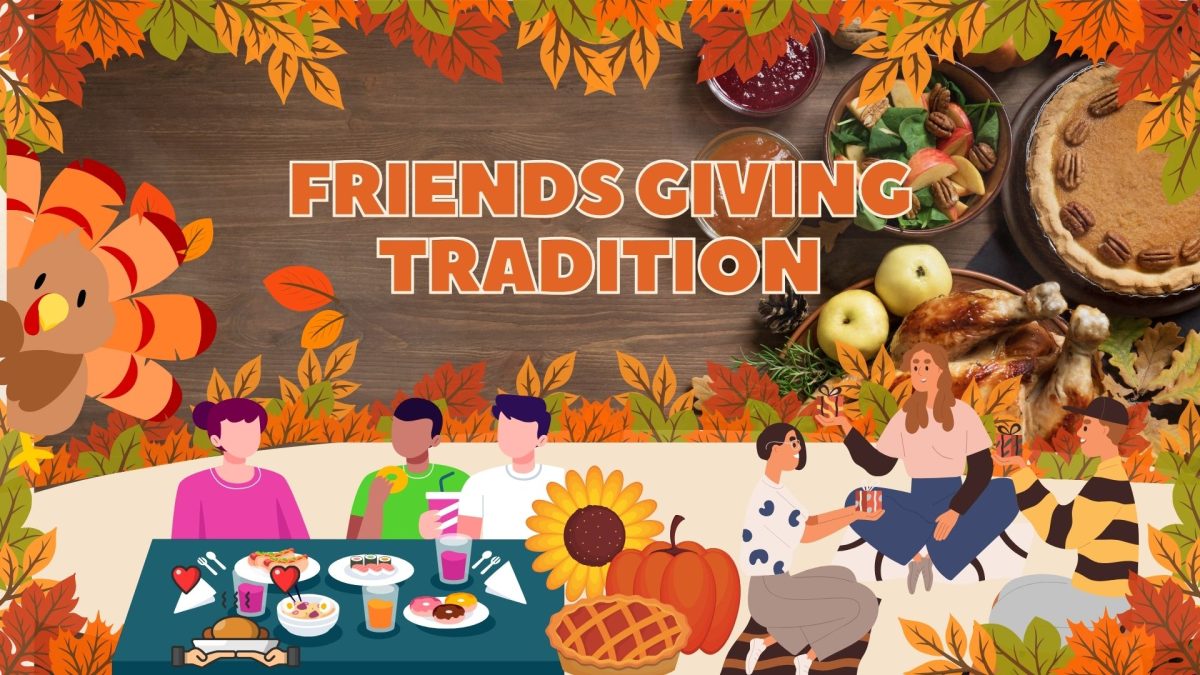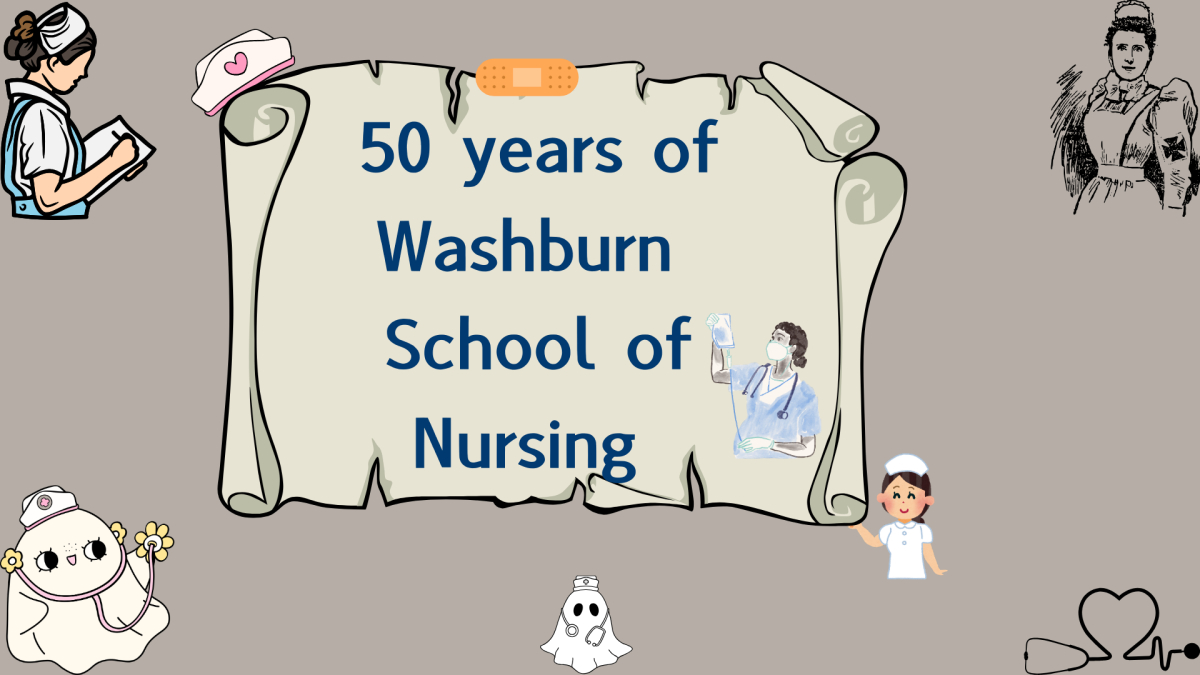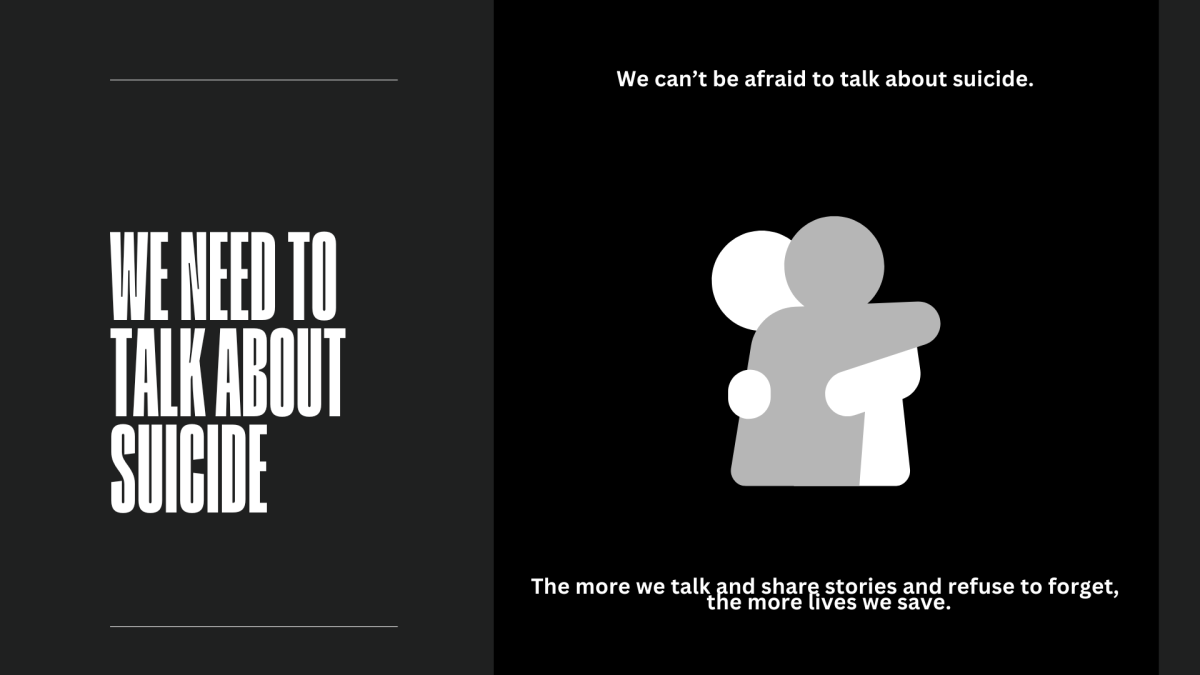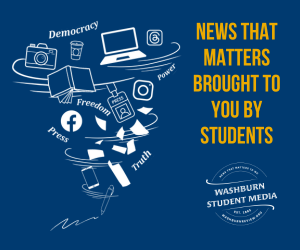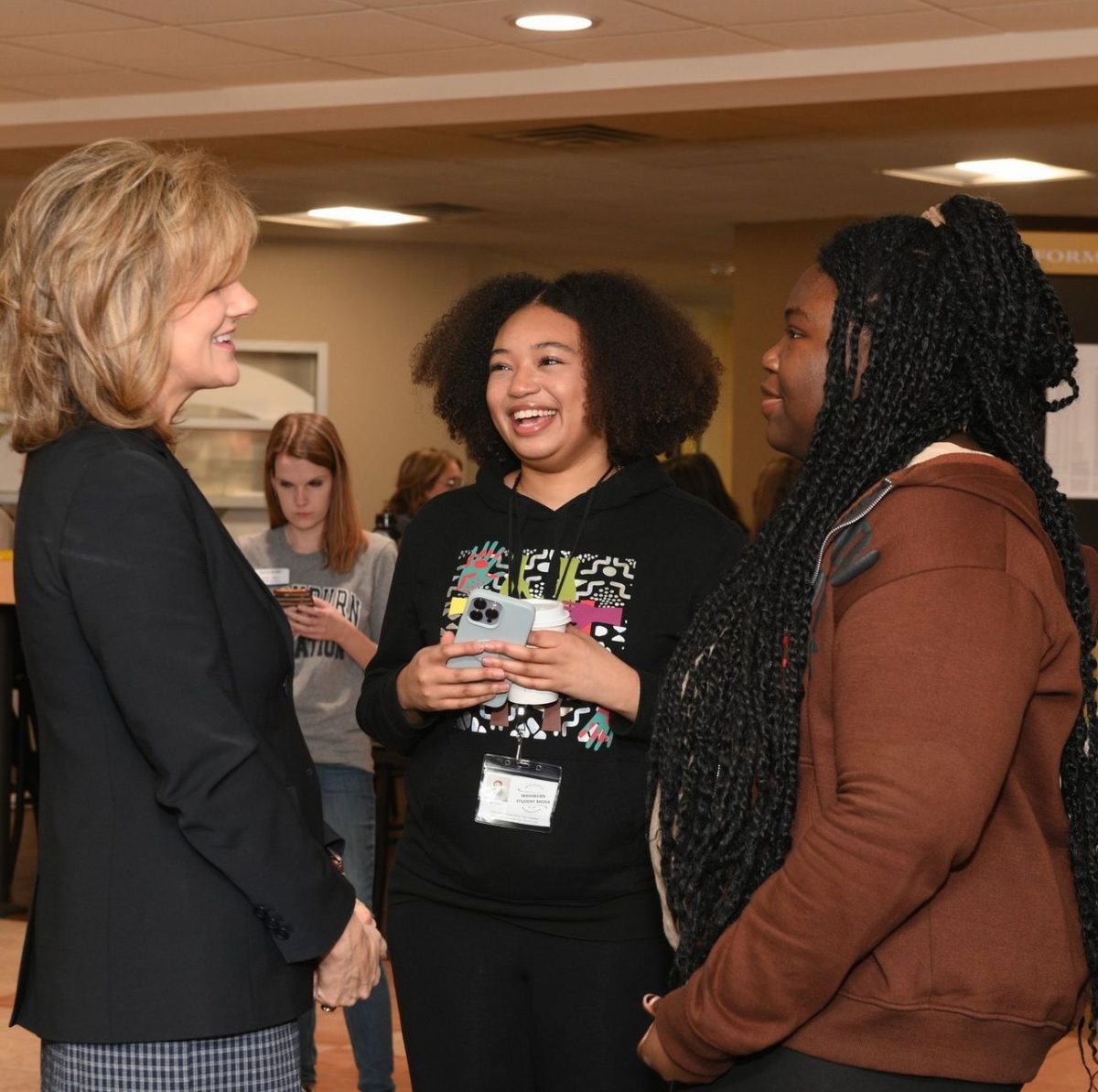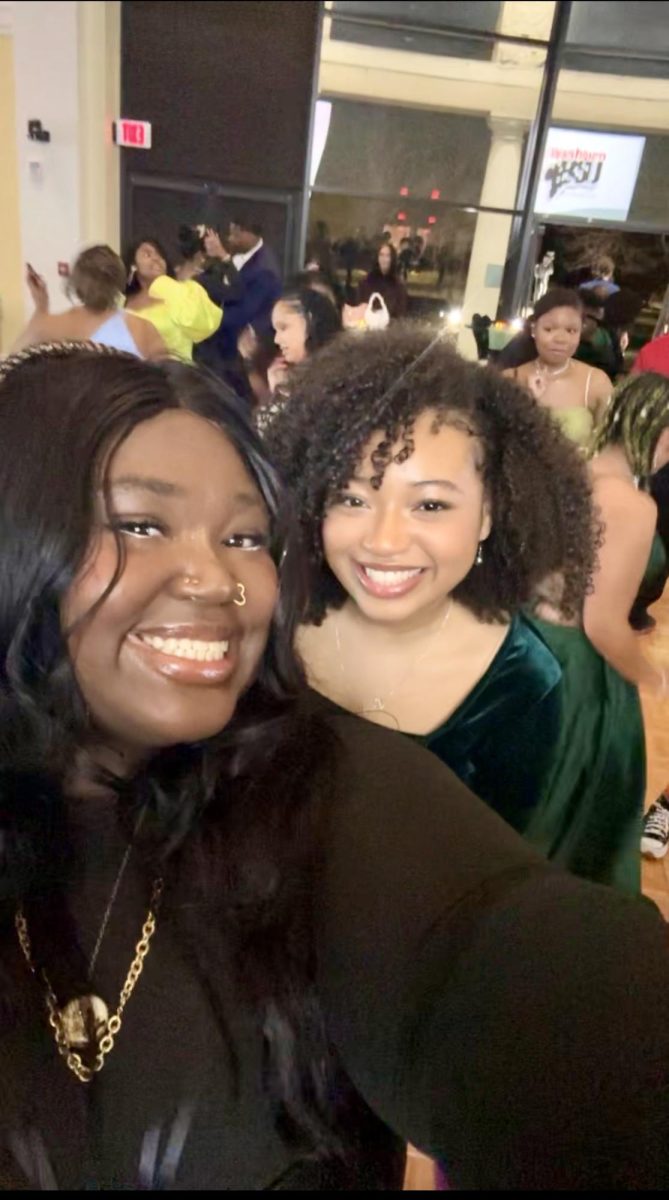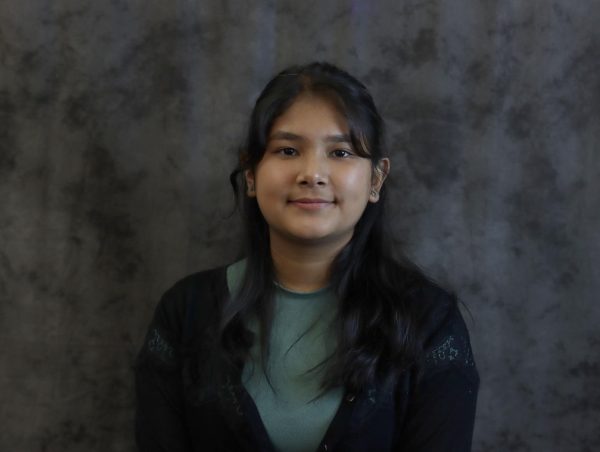Friendsgiving, a modern twist on the traditional Thanksgiving celebration, has gained significant popularity in recent years, especially among younger generations. This trend combines the essence of Thanksgiving with a casual gathering of friends, typically before or after the family Thanksgiving dinner, allowing people to celebrate with their chosen family.
Friendsgiving began as a way for college students and young adults to enjoy a Thanksgiving-style meal with friends, especially those unable to travel home for the holiday. It has since evolved into a beloved tradition, particularly among Millennials and Gen Z.
Friendsgiving is often organized as a potluck, where each guest brings a dish to share. This not only eases the burden on the host but also allows for a diverse and exciting menu, often featuring both traditional Thanksgiving fare and unique, personalized dishes.
But do you know how the term Friendsgiving actually originated? If you are unsure about it, let’s get some insight into Friendsgiving.
According to Delish, the term “Friendsgiving” emerged in the early 2000s, with its first known use in a 2007 tweet. It gained popularity through various cultural references, including an advertisement by Baileys Irish Cream in 2011 and popular media like the TV show “Friends”, which featured Thanksgiving-themed episodes. By 2020, “Friendsgiving” was officially added to the Merriam-Webster dictionary, solidifying its place in contemporary culture.
Friendsgiving celebrates friendship and gratitude in a fun, relaxed setting. It’s a festive gathering where friends enjoy a Thanksgiving-style meal together. Ichadods shared stories about it, before the Thanksgiving break.
Saaji Razick, a freshman psychology major, expressed excitement about celebrating her first Friendsgiving with her friends at Washburn.
“I think it’s really cool. I’ve never done it before, but I’m really excited to celebrate it this year, and it seems like a really fun thing to do to start to get together with friends and just bring food and basically, hanging out, so yeah I think it’s really nice “ Razick said.
Latesha Varnon, junior computer and information science major, highlighted the inclusivity of Friendsgiving. She suggested that celebrating Friendsgiving is a wonderful idea, especially since not everyone has a strong connection with their family.
“I think Friendsgiving is a good concept, especially if you’re not close with family members. I think it is a good time for friends to get together to celebrate, to celebrate with one another,” Varnon said.
Varnon also mentioned inviting friends to her family’s Thanksgiving dinner, blending both traditions.
Jane Steinkuehler, senior computer and information science major, emphasized the flexibility Friendsgiving offers.
“I think it’s always wonderful. Almost every family, I think, has their own bit of trauma, and especially if you’re away from home for the holidays, flying home is so expensive, not worth it, and I think it’s nice that we can choose who we spend our time with,” Steinkuehler said.
The rise of Friendsgiving reflects changing social dynamics and the importance of chosen family in modern American culture. It offers an alternative or complementary event to traditional family gatherings.
As this trend continues to grow, it’s clear that Friendsgiving has become more than just a casual get-together. It represents a shift in how younger generations approach holidays, emphasizing the value of friendships and creating new traditions that resonate with their lifestyles and values. It is a way to celebrate togetherness with friends during the holiday season, ensuring that no one feels left out while sharing the holiday spirit.
Edited by Stuti Khadka and Morgan Albrecht





